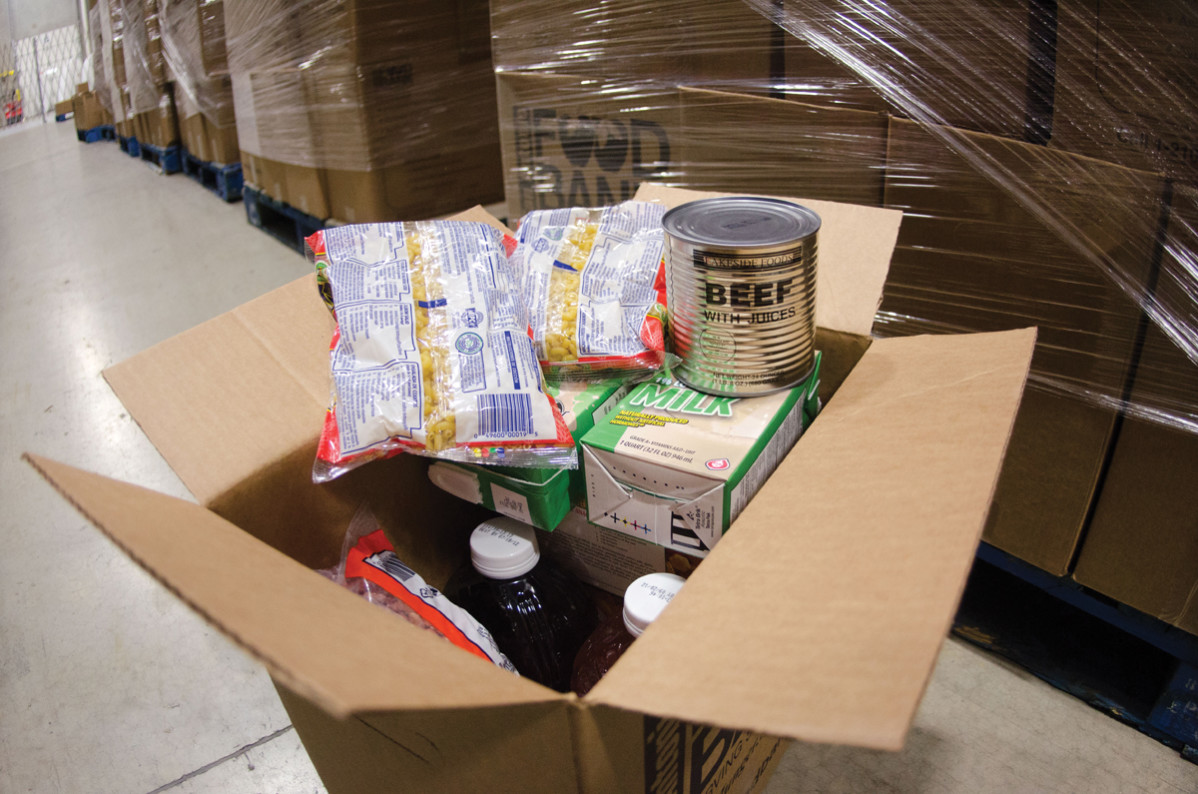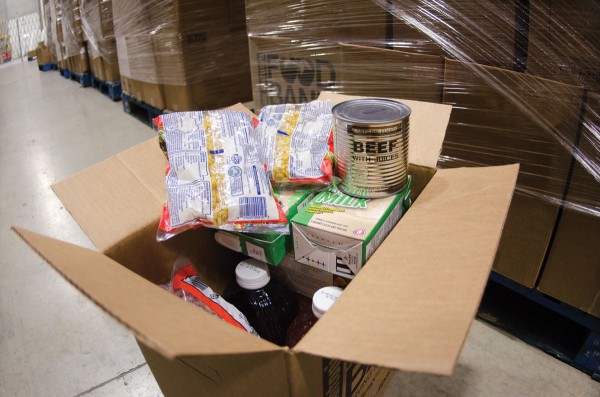Chronically high costs of urban living are normalizing the need for food banks
“The face of hunger looks like the face of Toronto.”
That was the alarming finding uncovered in the report “Who’s Hungry: 2014 Profile of Hunger in the GTA” from the Daily Bread Food Bank released on Sept. 25.
This “face” includes not only newcomers to Canada, but also those who are Canadian-born and with higher levels of education: 17 per cent of food bank users have some college or university education, 16 per cent had a college diploma, while 13 per cent had a bachelor’s degree. These are sobering statistics
But instead of being startling, these statistics represent how food insecurity has become normalized in the GTA. This includes at post-secondary institutions such as George Brown College, which has three student food banks.
Located at St. James, Casa Loma and the Waterfront campuses, these student food banks are open on most days from Monday to Friday.
This is troubling, because as this report illustrates, food bank clients share a commonality that reveals a deeper societal problem.
“What they (food bank clients) all have in common is that they pay a high portion of their income on rent,” explains Gail Nyberg, executive director for the Daily Bread Food Bank.
According to the Canada Mortgage and Housing Corporation (CHMC), “affordable housing costs less than 30 per cent of before-tax household income.”
The CHMC also includes shelter costs for renters, which include, “rent and any payments for electricity, fuel, water and other municipal services”; and for owners, which include, “mortgage payments (principal and interest), property taxes, and any condominium fees, along with payments for electricity, fuel, water and other municipal services.”
While conducting the 1,000 interviews in 37 food banks for the Who’s Hungry report, researchers found that the average food bank client spent about 71 per cent of their monthly income on shelter costs.
This situation explains why The Daily Bread Food Bank is hoping to raise $300,000 and 200,000 pounds of food by Oct. 18 for their Thanksgiving Drive so that people can have something on the table for Thanksgiving dinner.
“Alleviating hunger plays a major role in the reduction of poverty,” according to Ontario’s Poverty Reduction Strategy: An Opportunity for an Integrated Approach to Food Security, and is addressing hunger through long-term programs “for the collaborative creation of effective and positive change.”
Hopefully, the Poverty Reduction Strategy being rolled out by the provincial government will deal with this issue of food security. Otherwise, the skyrocketing utility bills and soaring food costs associated with the dropping temperatures of winter will only exacerbate the problem.



